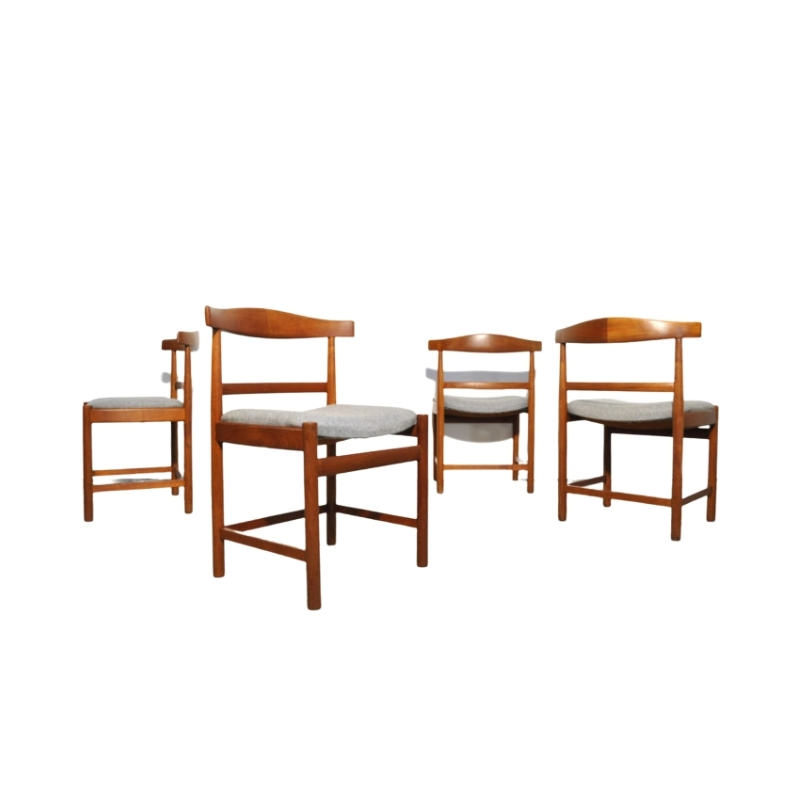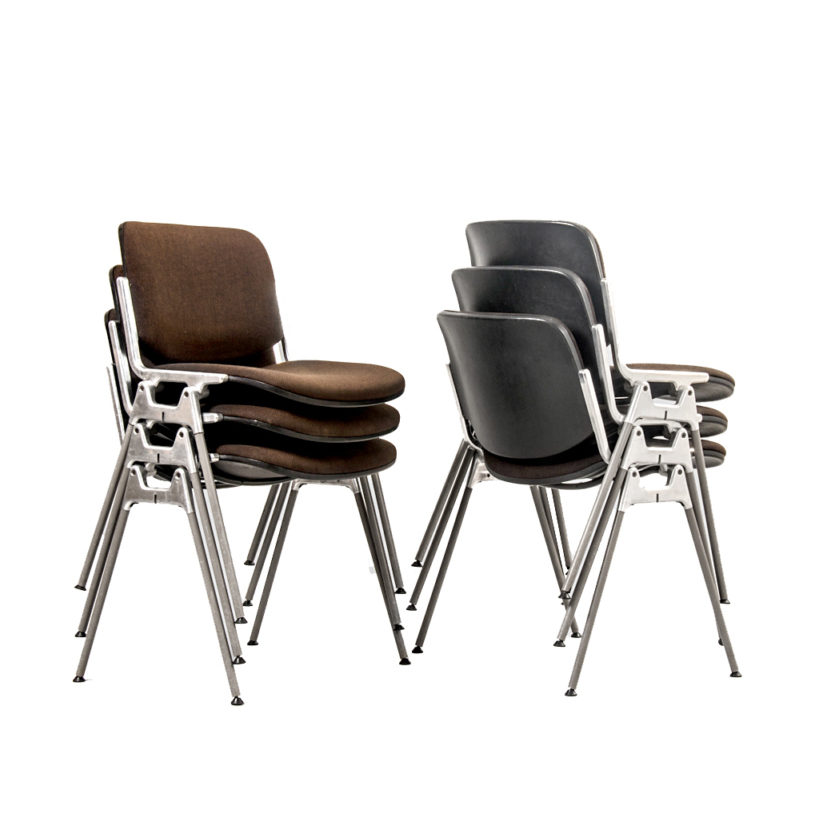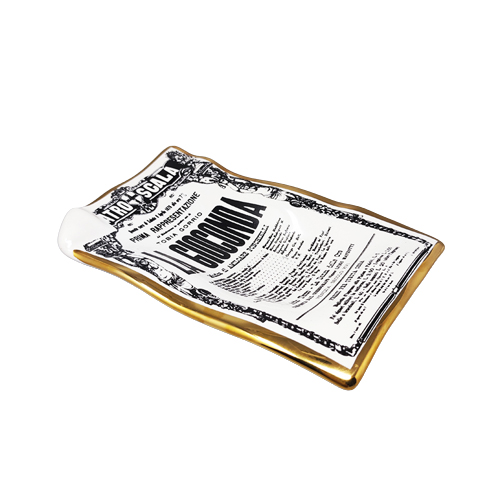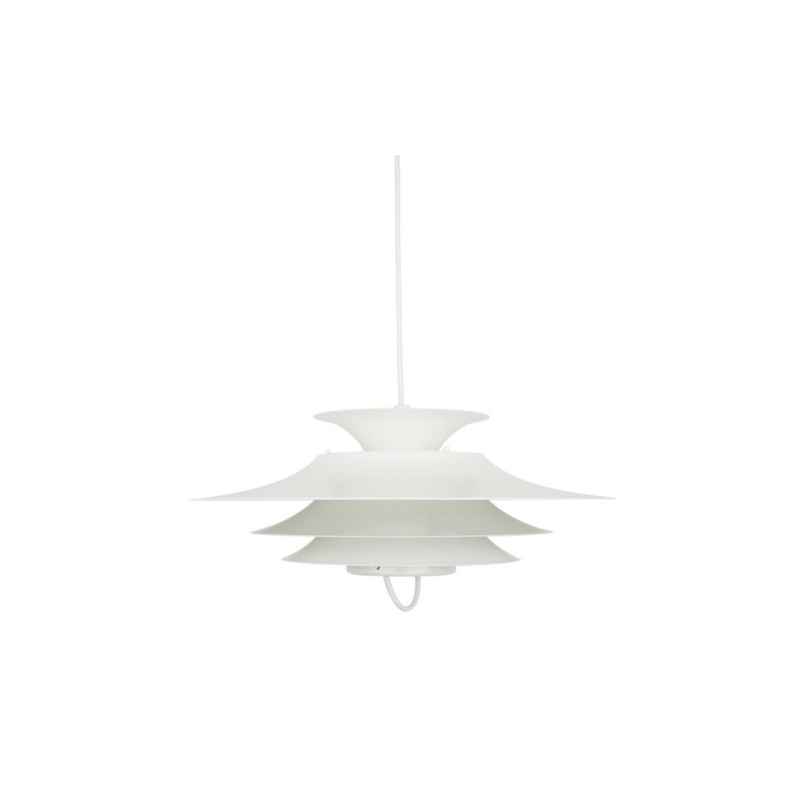Although
this development is a surprise to me, I find I'm quite pleased with it. Solid black is perhaps the only modification to the original material specification that I could think of approving. A monochrome treatment to almost any three-dimensional object is a way of reducing its effect to that of form only. You wouldn't try this with the Mona Lisa or an Alexander Girard fabric -- but how about any piece of Eames furniture -- for instance -- or a Calder mobile or a Porsche Carrera ? Oh, wait -- those might already be solid black !
None of the materials of the Eames Lounger is alien to the color black; that is, there is nothing intrinsic to plywood, leather, or cast alloy which would prevent them from appearing in a natural way with a black finish. DCW/LCW parts have been made in black almost from the beginning, and parts of the Lounger base -- as well as the leather, of course -- are already black.
Paisley, or calico, or flocked -- no. Gold-leafed ? No. But black is so . . . normal, in modernism. What's the big whoop ?
I can agree.
But look again at that stool. Instead of paint, that looks more like stain; you can see every bit of the grain. It's comparable to a black-and-white photo of a colored object -- one of the ways we have looked at our environment ?
But everyone will see things differently -- naturally.
Someday, wood could become so scarce that we will no longer use it for furniture. If that day should arrive, would the Eames Lounger go out of production ? Or would the shells be made of something else ? Could this photo be a look at the far future of the iconic 20th-Century lounge chair ?
If you need any help, please contact us at – info@designaddict.com










